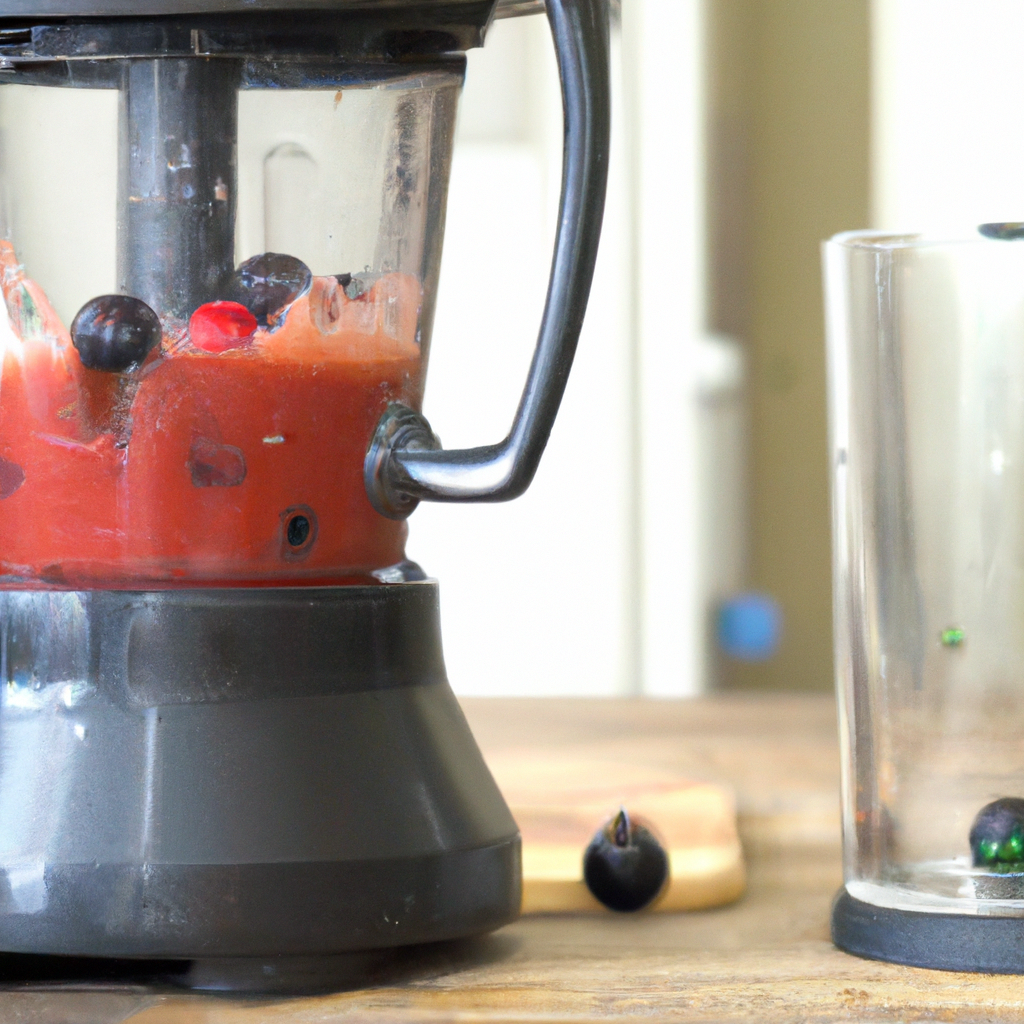Juicing has become increasingly popular in recent years, with people all over the world turning to juicers to extract juice from fruits. But how exactly does a juicer extract juice from fruits? In this article, we will explore the different methods used by juicers, including centrifugal force, mastication, and cold press. We will also discuss the importance of pulp and nutrients in the juicing process.
Centrifugal Force
The most common type of juicer is the centrifugal juicer. This type of juicer uses centrifugal force to extract juice from fruits. The fruit is first chopped up into small pieces and then fed into the juicer. As the fruit is spun around at high speeds, the juice is separated from the pulp and collected in a container.
One of the benefits of using a centrifugal juicer is that it is quick and easy to use. However, there are some downsides to this method of juicing. The high speeds at which the fruit is spun can cause heat to build up, which can destroy some of the nutrients in the juice. Additionally, centrifugal juicers tend to produce a lot of foam, which can lead to a less enjoyable drinking experience.
Mastication
Another method of juicing is mastication, which involves crushing the fruit using a slow, rotating blade. The fruit is first fed into the juicer and then pressed against the blade, which breaks it down into a pulp. The pulp is then squeezed to extract the juice.
Mastication juicers are often more expensive than centrifugal juicers, but they have some distinct advantages. Because the fruit is crushed slowly and at low temperatures, more of the nutrients are preserved in the juice. Additionally, mastication juicers tend to produce less foam than centrifugal juicers, resulting in a smoother and more enjoyable drinking experience.
Cold Press
The third method of juicing is cold press, which involves pressing the fruit to extract the juice. This method is often used for vegetables and fruits that are difficult to juice, such as leafy greens and berries. The fruit is first chopped up and then placed in a press, which applies pressure to extract the juice.
Cold press juicers are often the most expensive type of juicer, but they offer some important benefits. Because the juice is extracted without heat, more of the nutrients are preserved. Additionally, cold press juicers tend to produce less pulp and foam than other types of juicers, resulting in a smoother and more enjoyable drinking experience.
Pulp
One of the byproducts of juicing is pulp, which is the fibrous material left over after the juice has been extracted. While some people choose to discard the pulp, it is actually an important source of fiber and nutrients. Some juicers are designed to collect the pulp separately, allowing you to use it in other recipes or to add it back into your juice for added nutrition.
Nutrients
When you juice fruits and vegetables, you are extracting the liquid portion of the food and leaving behind the fiber. While this can be a great way to increase your intake of vitamins and minerals, it is important to remember that juicing should not be a replacement for eating whole fruits and vegetables. Whole fruits and vegetables contain important fiber and other nutrients that are not present in juice.
In conclusion, there are several different methods used by juicers to extract juice from fruits. Centrifugal juicers use centrifugal force to spin the fruit and extract the juice, while mastication and cold press juicers use slower and gentler methods to extract the juice. Pulp is an important byproduct of juicing, and it can be used in other recipes or added back into your juice for added nutrition. Finally, it is important to remember that juicing should not be a replacement for eating whole fruits and vegetables.







